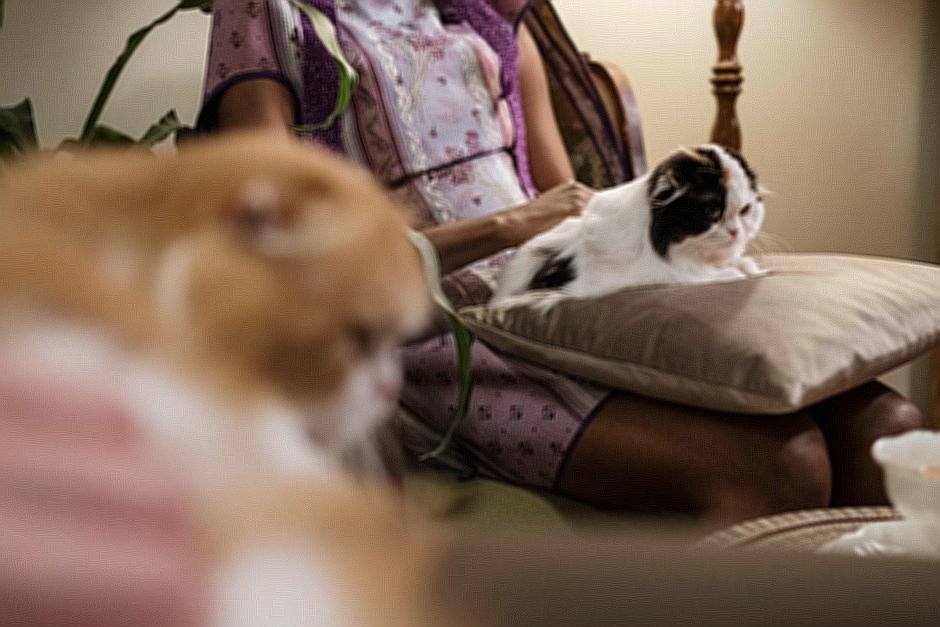
Declawing cats is a controversial practice that is being increasingly mocked in the veterinary and animal welfare fields. The surgery involves the excision of a cat’s claws, which results in long-term physical and behavioral changes in cats. Declawing affects not only the cat’s ability to defend itself, but also its ability to enjoy its natural activities, such as scratching and climbing.
There are several alternatives to declawing cats that can help address the same problems without causing the same amount of unnecessary harm. These alternatives range from behaviour modification techniques to physical therapy, and they can be used to prevent or minimize the damage caused by cats’ claws.

To prevent declawing, the first step is to have an appropriate scratching post or other types of scratching outlets. Scratching posts are available in a variety of materials, shapes, and sizes, and they can be used to provide cats with a safe and appropriate spot to scratch. Cats are less likely to scratch on furniture and other unsuitable surfaces if they have a scratching post. In addition, there are a variety of nail caps, such as Soft Paws, that can be glued to the cat’s claws. These caps serve as a barrier between the cat’s claws and other surfaces and can help to minimize scratching damage.
Cats can be discouraged from scratching on unsanitary surfaces by using behaviour modification techniques. Cats can be rewardd by positive reinforcement, such as treats or verbal praise, by scratching on the correct surfaces, such as a scratching post. In addition, owners can ensure that cats are only scratching in the proper places by providing them with appropriate scratching surfaces and monitoring them when they scratch.
Lastly, it is important to keep in mind that declawing is a major surgery and should only be considered after all other options have been considered. If you are considering declawing your cat, it is important to consult with your veterinarian to learn more about the risks and benefits of the procedure. In addition, it is important to understand that declawing cats can have long-term physical and behavioral consequences, which should be avoided whenever possible.
Although declawing cats is a controversial practice that can have long-term physical and behavioral consequences, there are several alternatives to declawing cats that can help address the same problems without causing the same harm. Owners can help discourage cats from scratching on inappropriate surfaces by providing them with appropriate scratching surfaces, using nail caps, and using positive reinforcement techniques. It is important that you consult with your veterinarian before declawing your cat.

